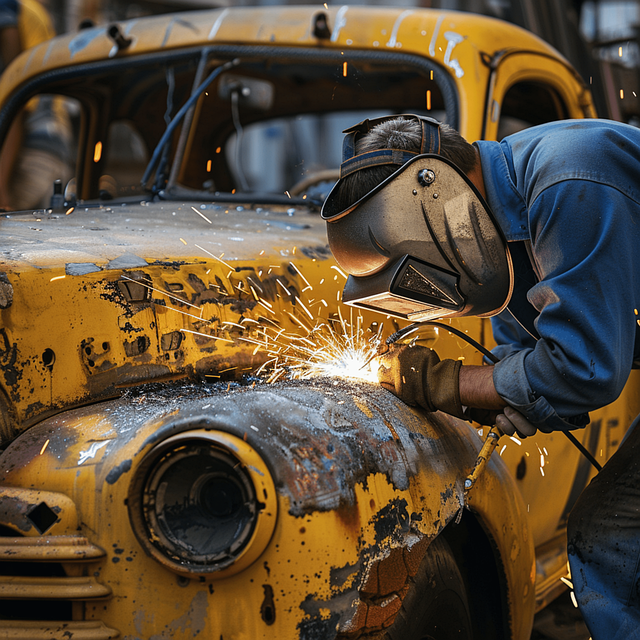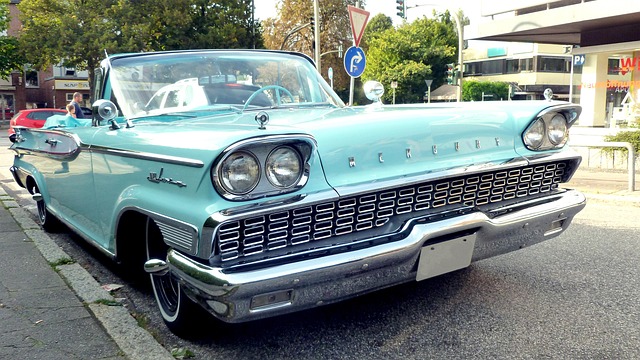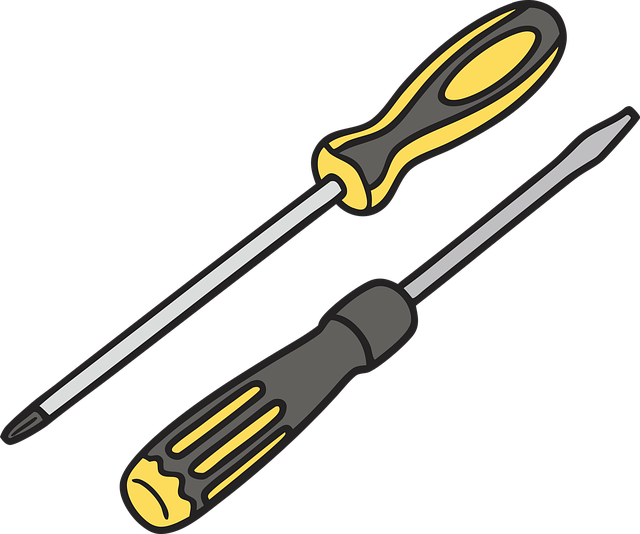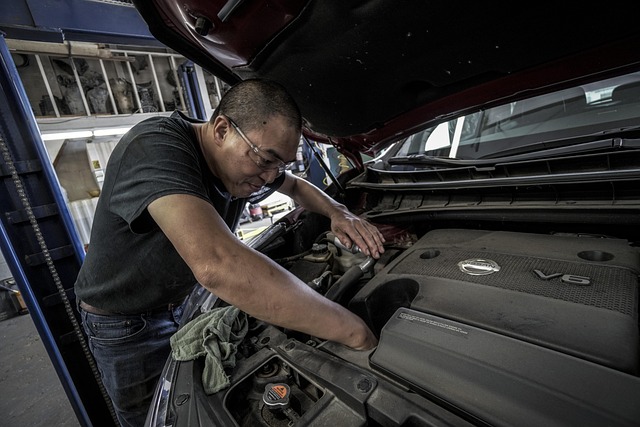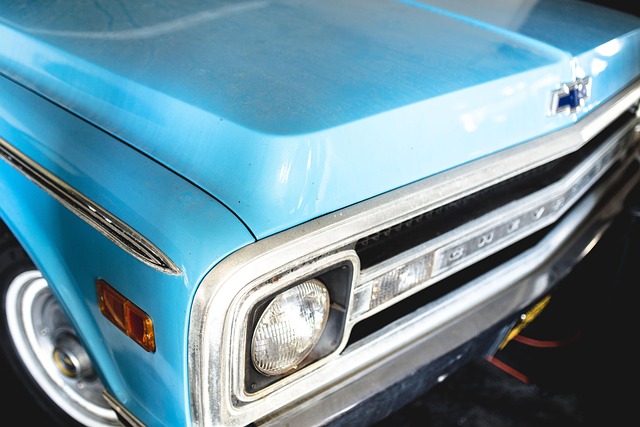TL;DR: Engine mount collision damage can cause serious auto repair issues, impacting performance and safety. Look for visual signs like cracks, misalignment, or unusual vibrations, and listen for high-pitched squealing noises. Early detection through thorough inspections by experienced technicians prevents costly repairs, reduces risk of engine failure, and ensures optimal vehicle functionality.
“Engine Mount Collision Damage: Spotting the Signs is Crucial. A sudden jolt or loud noise could indicate more than just a typical automotive issue—it might be signs of engine mount collision damage. This often-overlooked problem can lead to severe safety hazards and costly repairs if left unattended. Learn to recognize visual indicators like unusual vibrations, misaligned components, or visible cracks. Listen for strange noises and smell burnt rubber—all red flags that could signal a compromised engine mount. Understand the common effects on engine performance to ensure prompt action.”
- Recognizing Visual Signs of Damage
- Hearing and Smelling Indicators
- Common Effects on Engine Performance
Recognizing Visual Signs of Damage
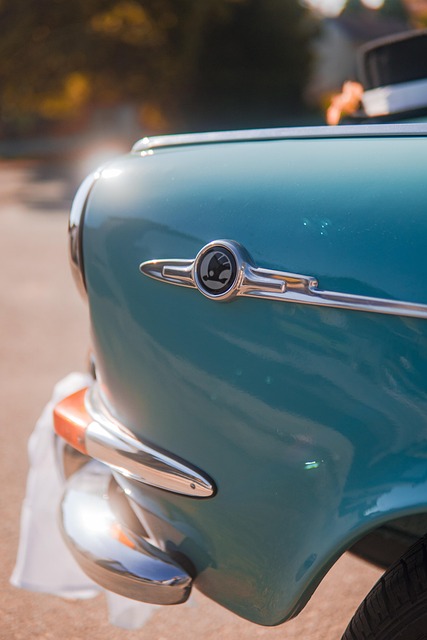
When it comes to engine mount collision damage, recognizing visual signs is your first step towards proper assessment. Look for obvious signs like cracks, breaks, or deformations in the engine mount itself. These structural components hold your engine in place, so any visible damage can indicate a more serious issue. Additionally, inspect for misalignment of the engine, unusual vibrations during operation, or leaks from the engine compartment – all potential indicators that an engine mount may have been compromised.
A collision repair shop with experienced technicians is best equipped to diagnose these subtle cues. They possess the expertise and tools to perform a thorough inspection, ensuring accurate identification of engine mount collision damage. Don’t delay in visiting a reputable collision repair center if you suspect any issues; early detection and repair can prevent further complications and costly repairs down the road.
Hearing and Smelling Indicators
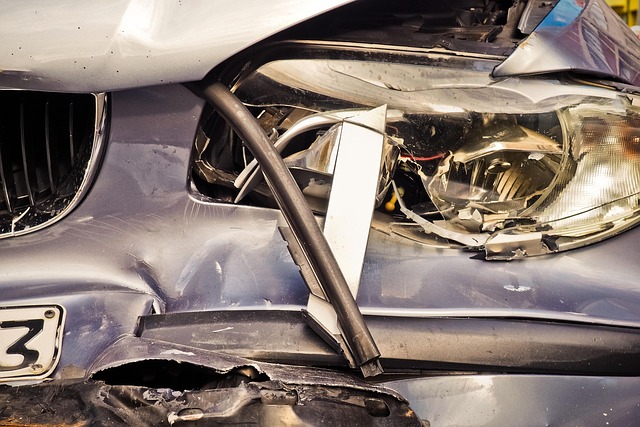
When it comes to identifying engine mount collision damage, your senses can be powerful tools. One of the first signs might be unusual sounds coming from under the hood. If you notice a high-pitched squealing or grinding noise, especially when accelerating or decelerating, it could indicate worn or damaged engine mounts. These components play a crucial role in securing and supporting your engine, so any loose or degraded mount can cause these warning signals.
Moreover, pay attention to any peculiar smells coming from the engine bay. A burning rubber or plastic odor might suggest that the engine mounts have been compromised due to an accident. Such damage can lead to misaligned components, causing excessive friction and potentially causing more serious auto repair issues down the line. If you suspect engine mount collision damage, it’s best to visit a reliable auto repair shop for a thorough inspection, as timely car restoration can prevent further complications.
Common Effects on Engine Performance

When a vehicle experiences an engine mount collision damage, it can lead to various effects on the overall performance and functionality of the engine. One of the initial signs to watch out for is a notable change in the engine’s operation during acceleration or under heavy load. This could present as a loss of power, reduced fuel efficiency, or even stalling. Such issues often indicate that the engine mount has been compromised, causing improper alignment or support for the engine.
Additionally, vehicle owners should pay attention to unusual noises coming from the engine bay. A rattling or vibration sensation during operation might suggest damage to the engine mounts or surrounding components. Over time, this collision damage can result in more severe consequences, such as increased oil leaks, worn-out bearings, and even catastrophic engine failure if left unaddressed. Therefore, it’s crucial to seek auto body services from a trusted collision center for thorough inspection and timely repairs to prevent further complications.
When it comes to identifying signs of engine mount collision damage, awareness is key. By being vigilant for visual cues, unusual noises, and changes in engine performance, you can promptly address potential issues. Regular maintenance and timely repairs are essential to ensure the safety and efficiency of your vehicle’s power train. Remember, addressing engine mount collision damage early can prevent more severe and costly problems down the line.
